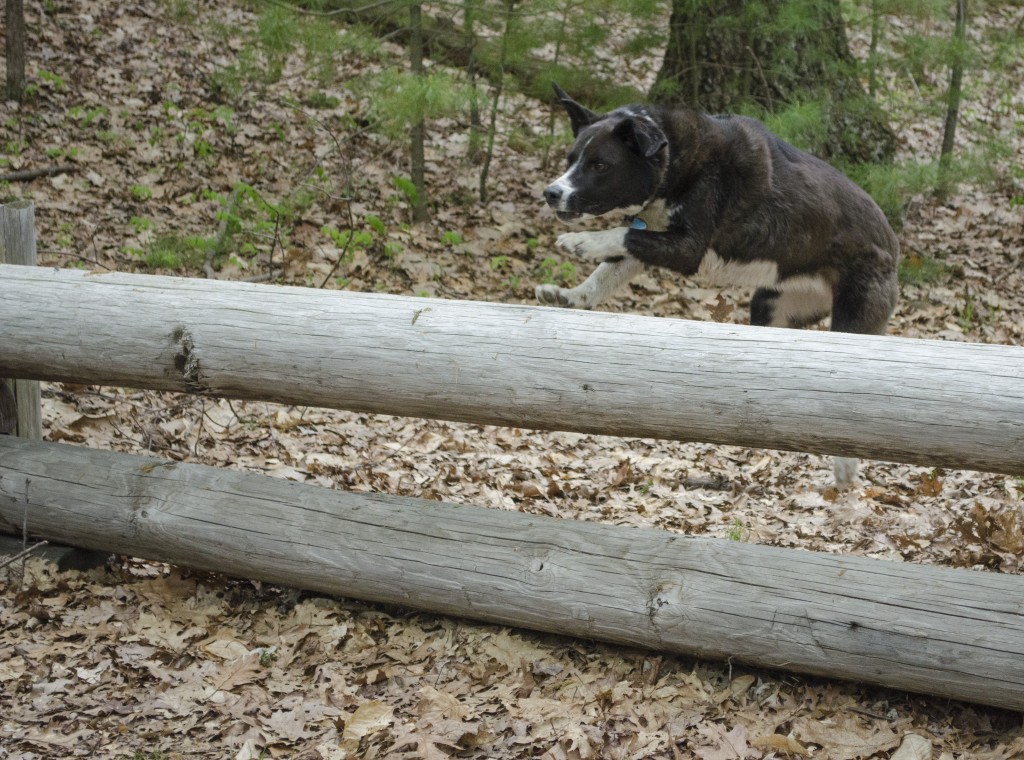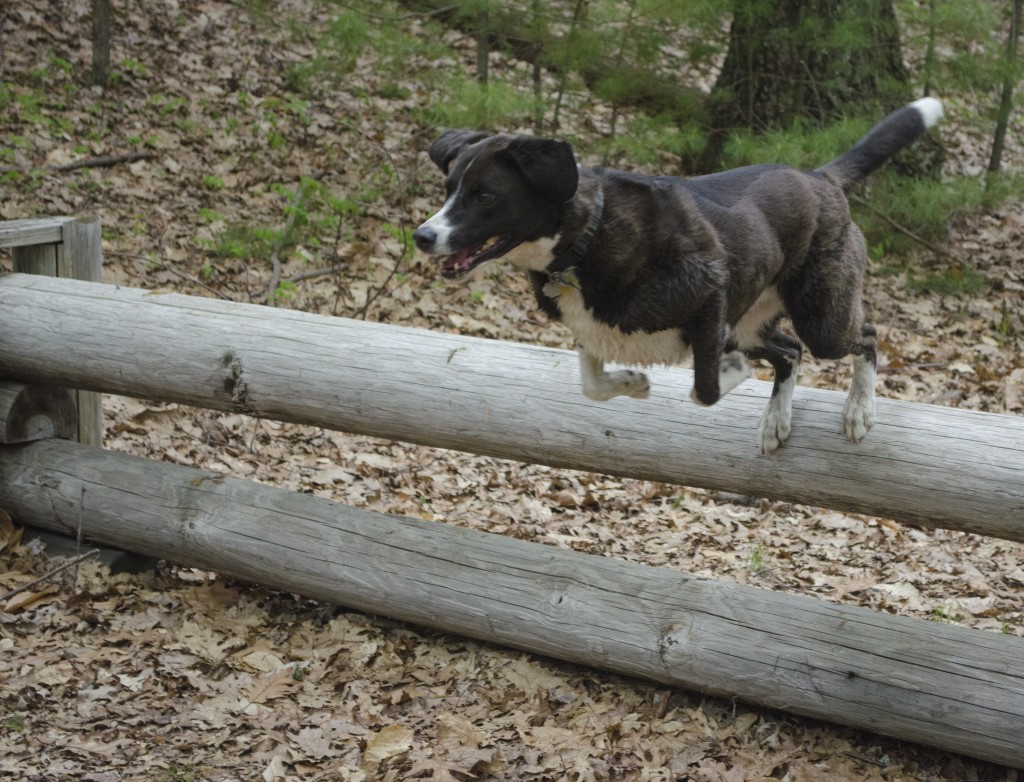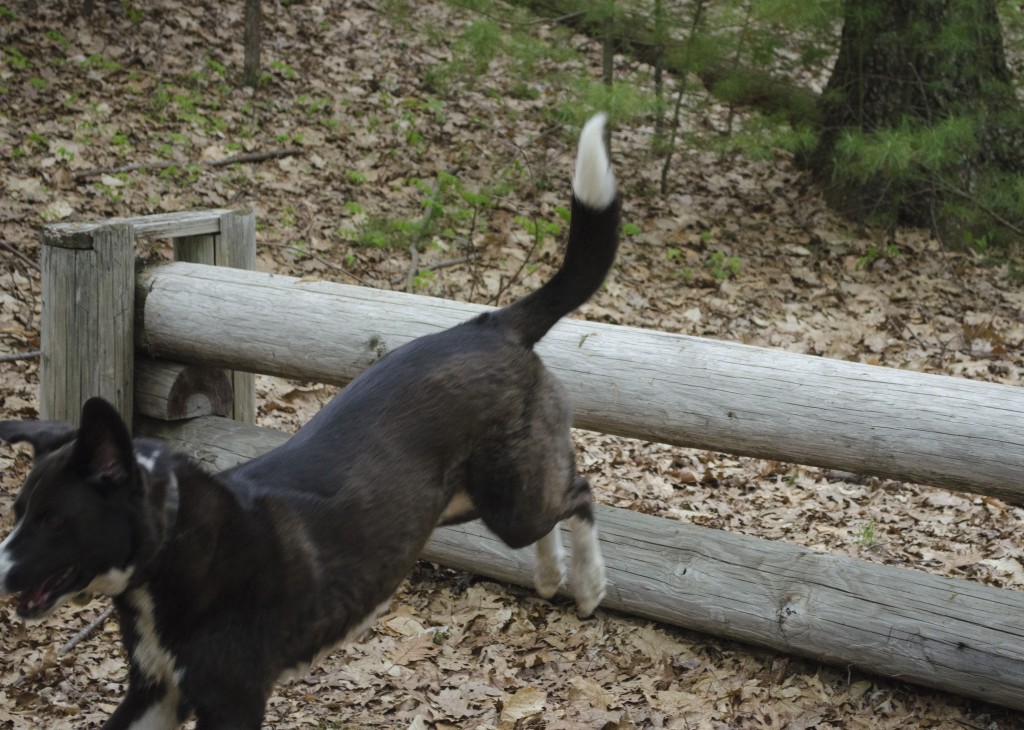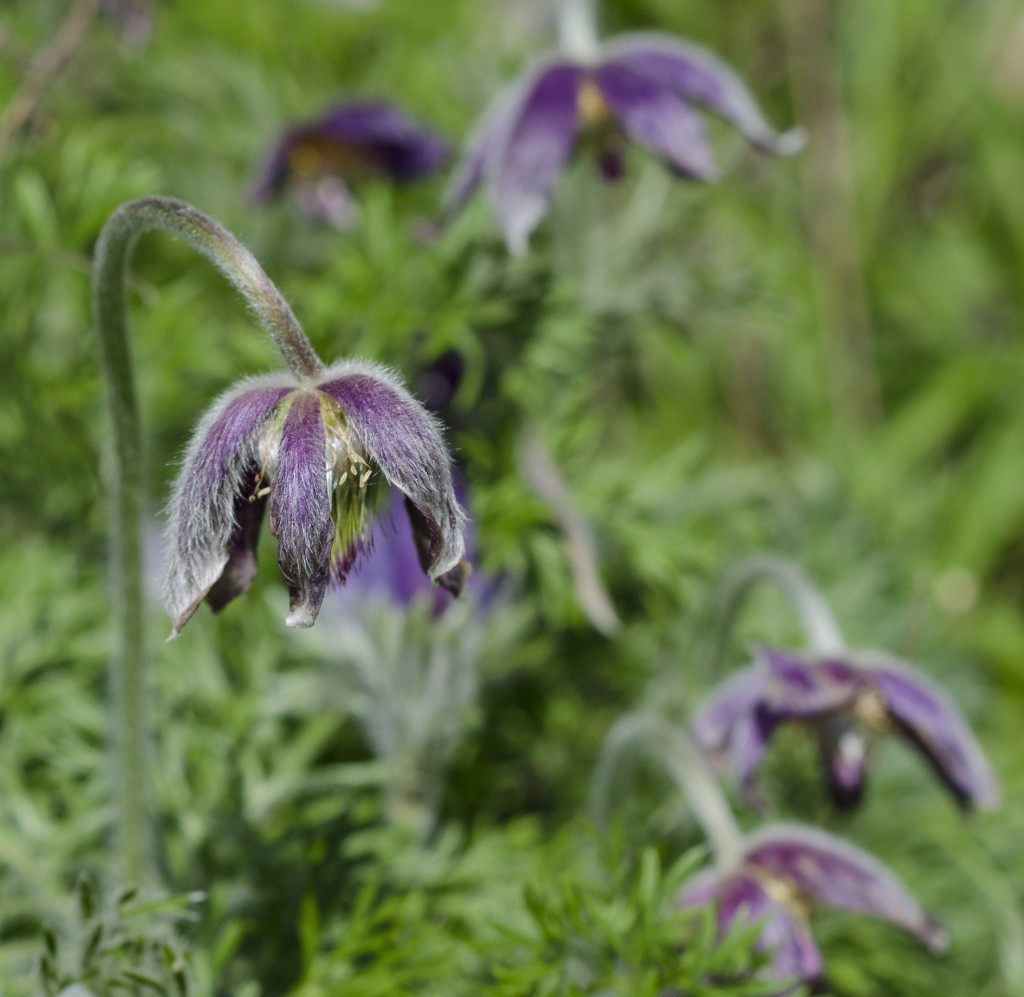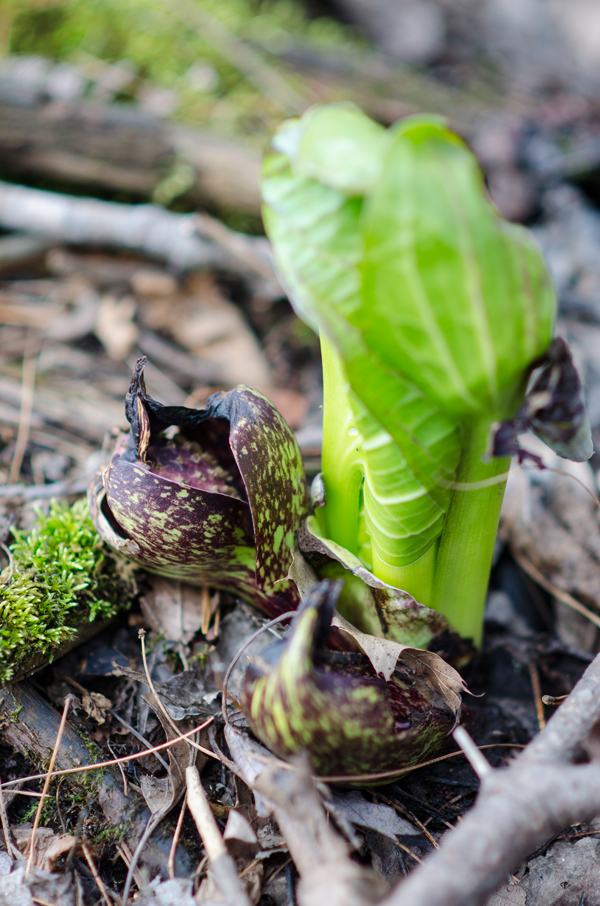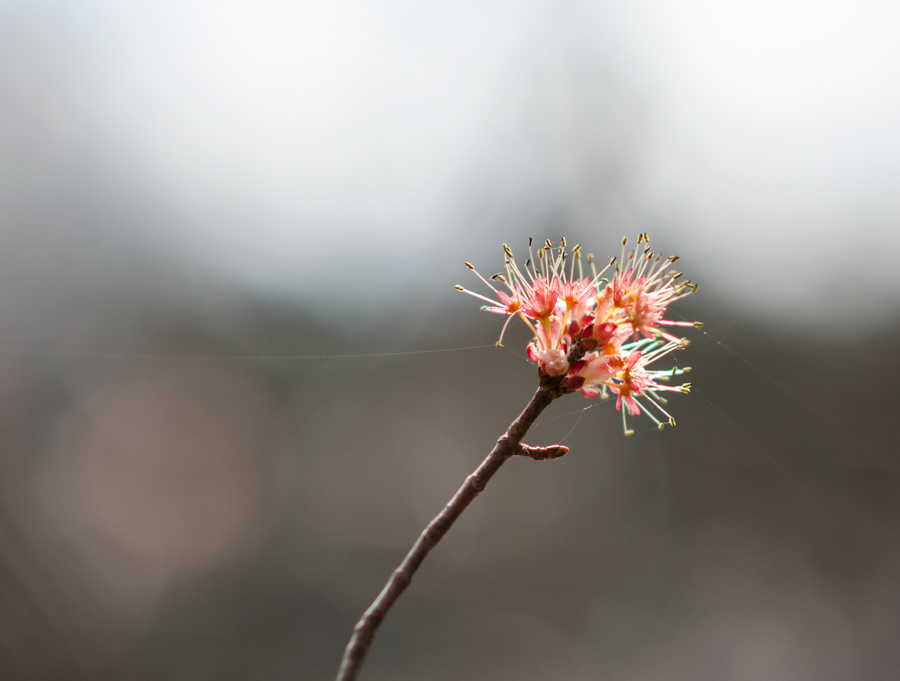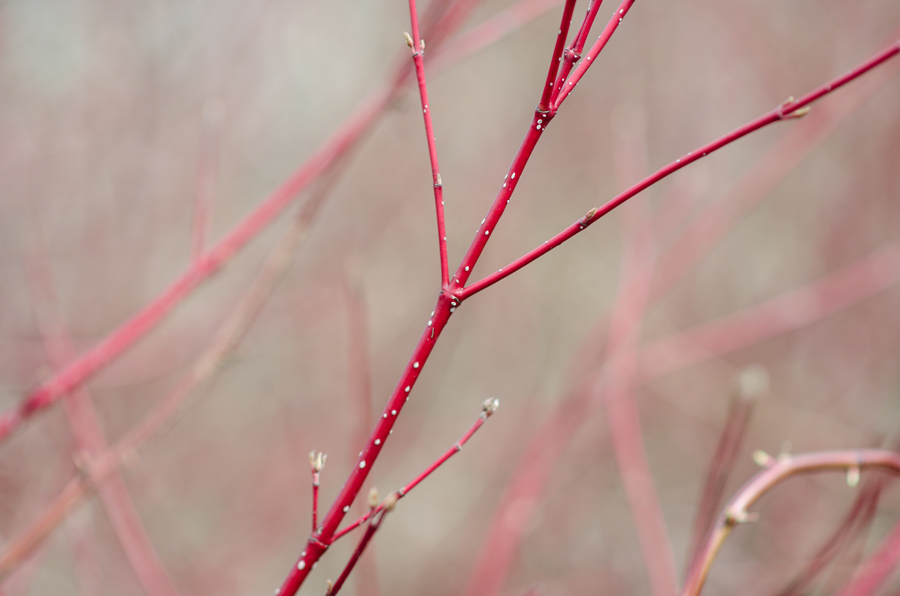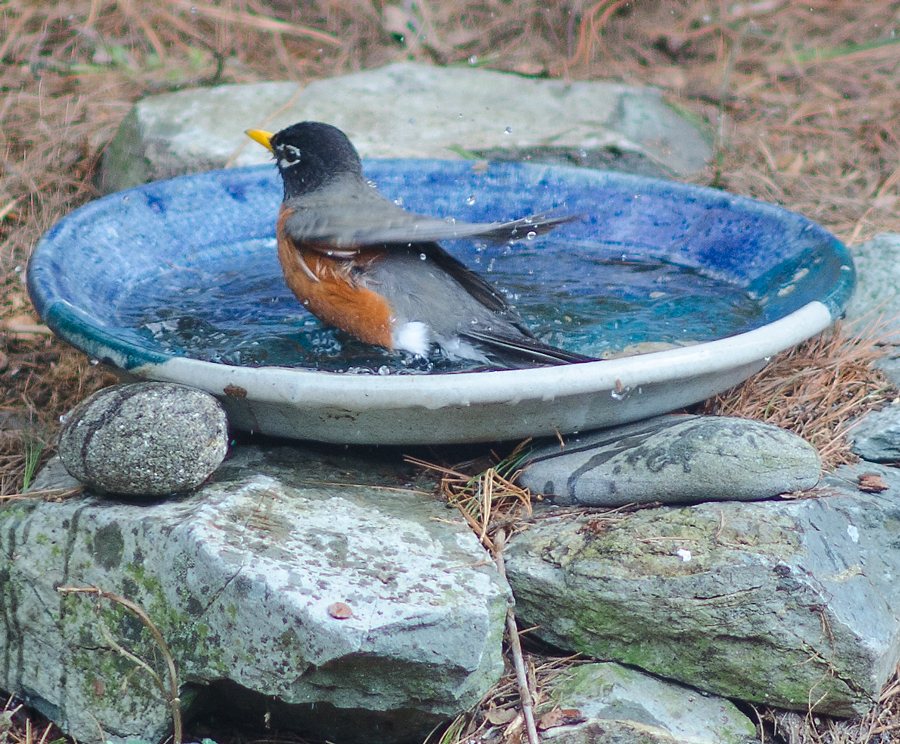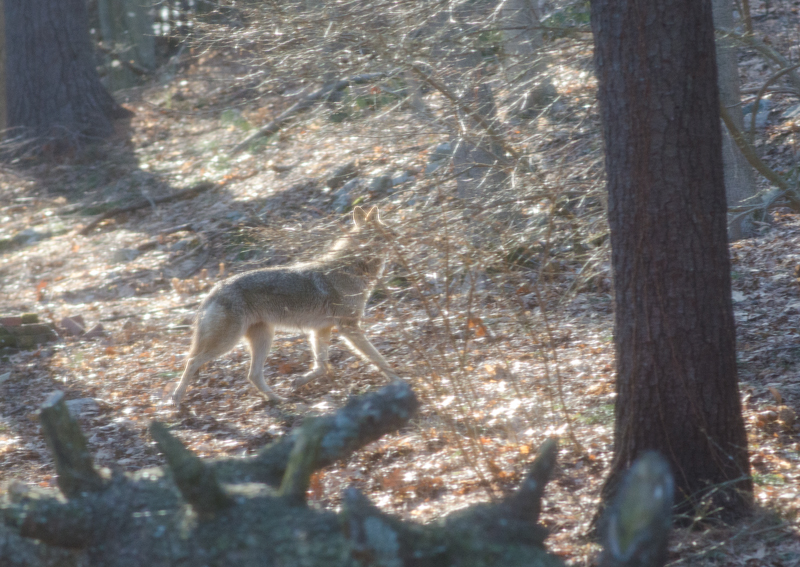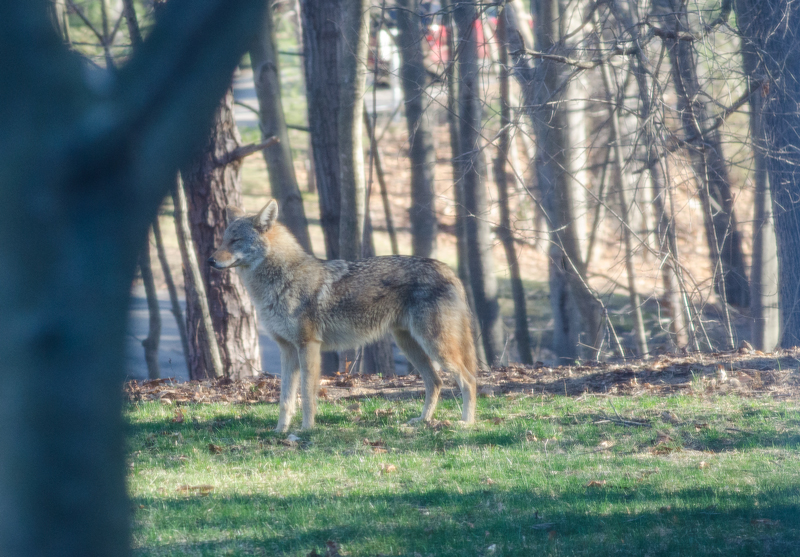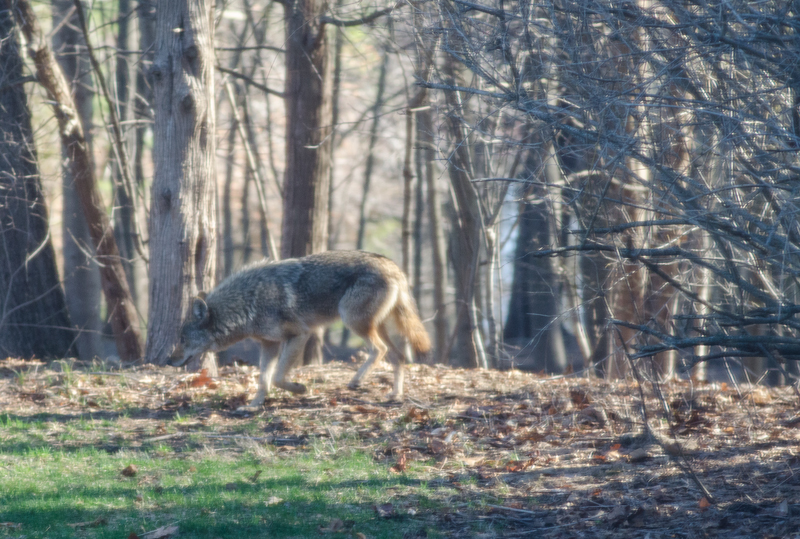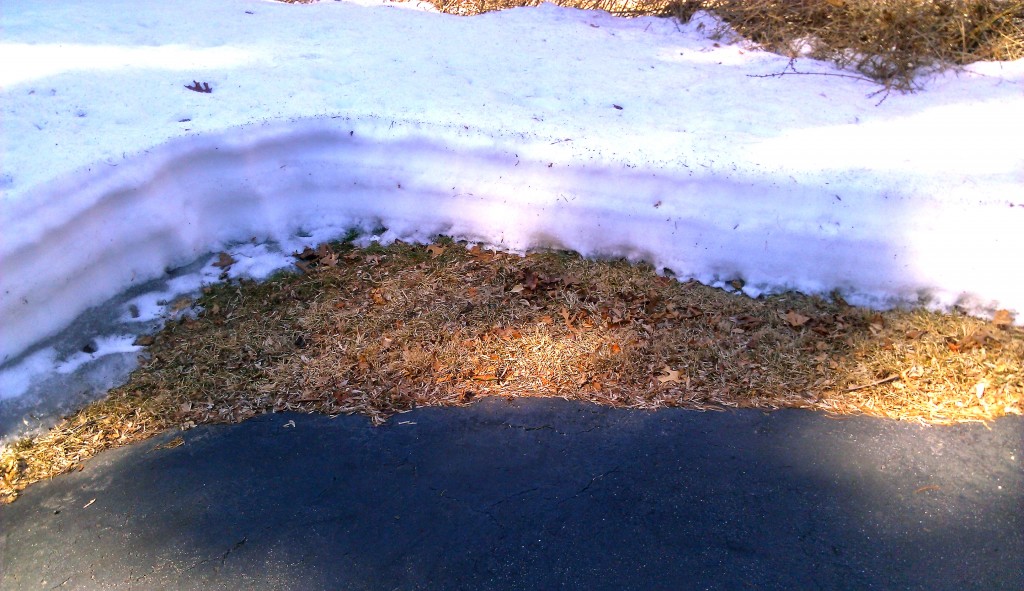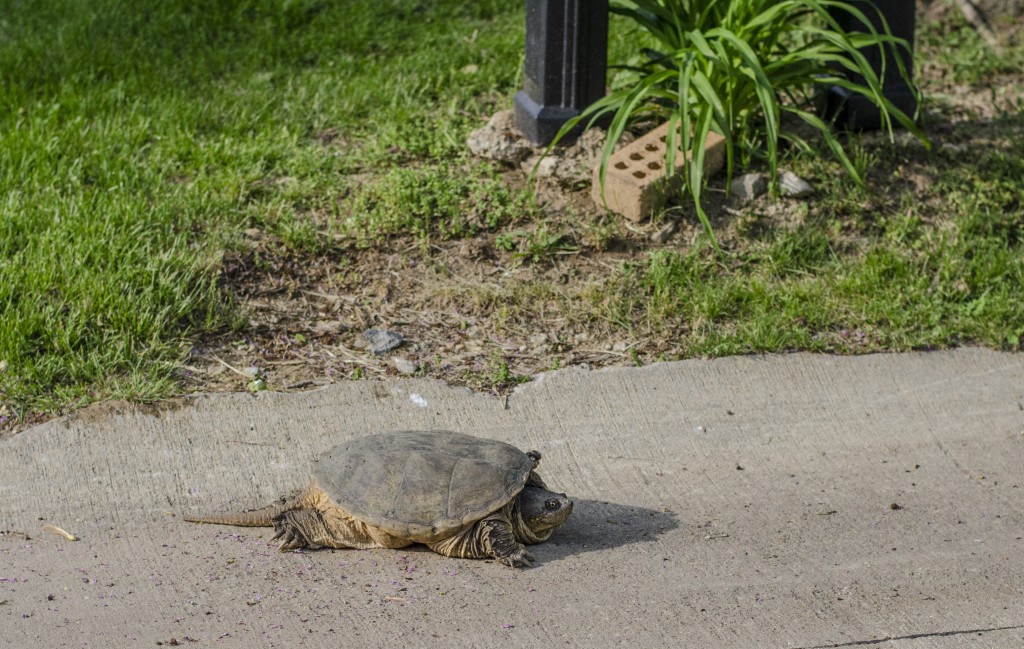
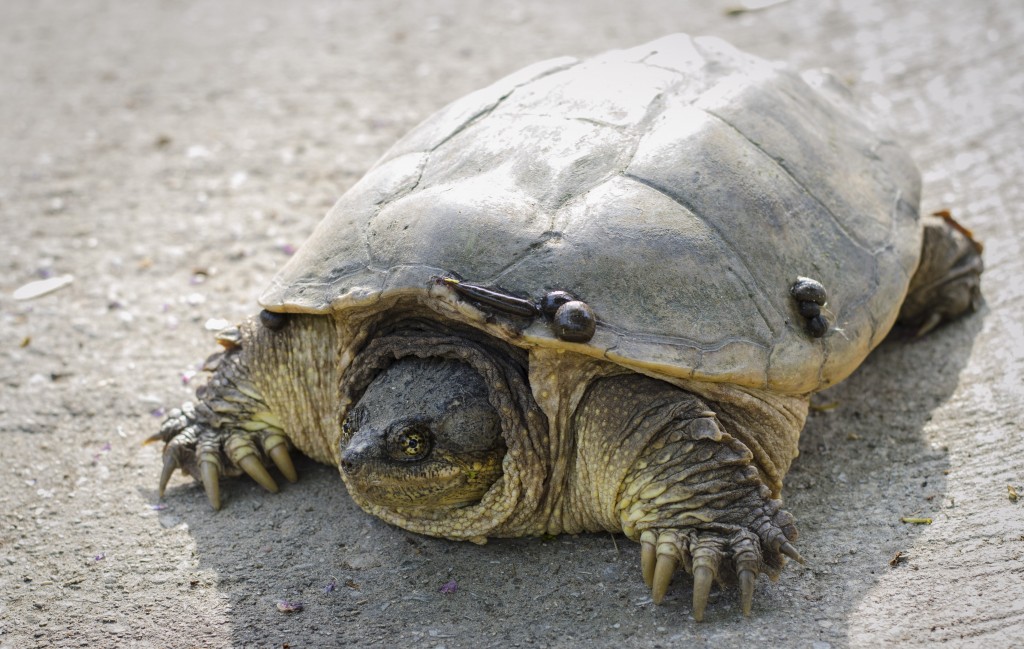 I was visiting my mom in Charleston, Illinois and looked out the window to see this snapping turtle motoring down the driveway at high turtle speed. Presumably it had laid eggs (somewhere in the yard? in the plowed field behind the house?) and was on its way back to the creek across the street. The neighbors came out to see what I was photographing. One of them was mowing his yard with a small end-loader. He came over, scraped the leeches off the turtle, picked it up by the tail and hauled it off to the creek. The turtle was pretty mad about this change in plans and got in some good snaps, but this way she didn’t have to cross the street. (I have since read that you shouldn’t pick them up by the tail because it can damage the spine and tail. Safest way for turtle and person is to grab the carapace above the back legs.)
I was visiting my mom in Charleston, Illinois and looked out the window to see this snapping turtle motoring down the driveway at high turtle speed. Presumably it had laid eggs (somewhere in the yard? in the plowed field behind the house?) and was on its way back to the creek across the street. The neighbors came out to see what I was photographing. One of them was mowing his yard with a small end-loader. He came over, scraped the leeches off the turtle, picked it up by the tail and hauled it off to the creek. The turtle was pretty mad about this change in plans and got in some good snaps, but this way she didn’t have to cross the street. (I have since read that you shouldn’t pick them up by the tail because it can damage the spine and tail. Safest way for turtle and person is to grab the carapace above the back legs.)
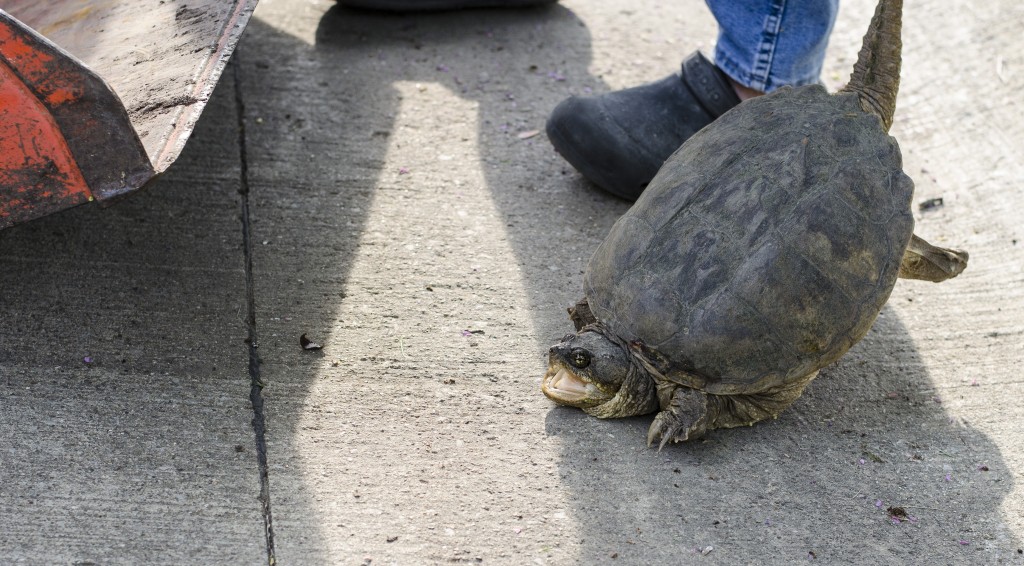
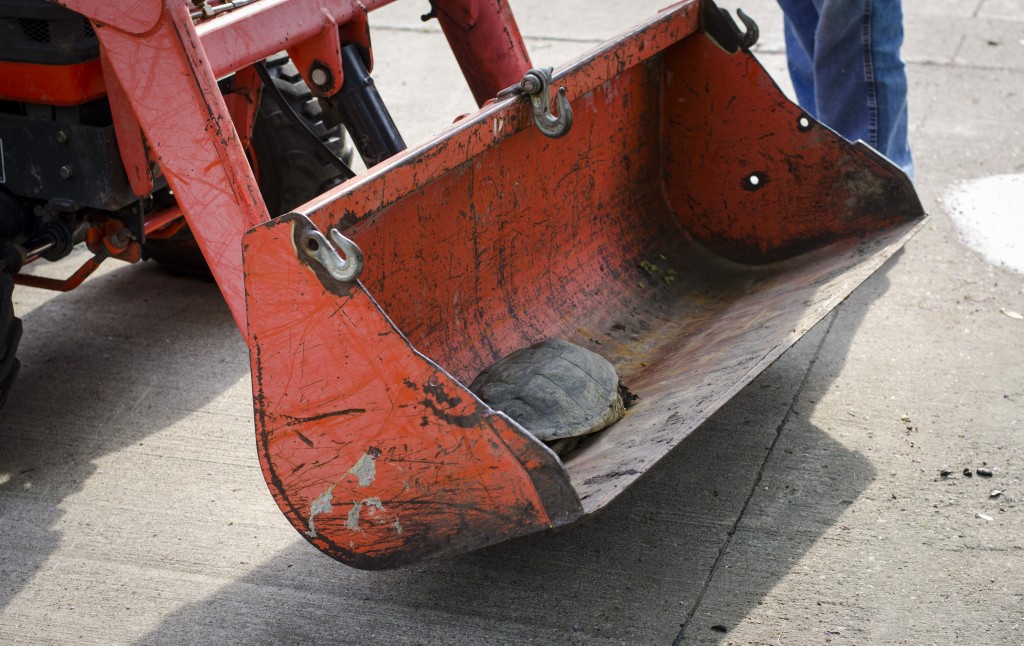 Snappers are known for their angry attitude, biting jaws and the fact that their heads can really extend and snake around for snapping you! They snap to defend themselves because they are too big to hide in their shells. In the north, they mature at 15-20 years and apparently can live over 100 years. Adults have few predators (besides humans) but almost everything likes to eat the eggs and hatchlings. Incubation time is 9-18 weeks, depending on how warm the weather is… so Mom’s neighborhood should be watching for hatchlings starting in early July.
Snappers are known for their angry attitude, biting jaws and the fact that their heads can really extend and snake around for snapping you! They snap to defend themselves because they are too big to hide in their shells. In the north, they mature at 15-20 years and apparently can live over 100 years. Adults have few predators (besides humans) but almost everything likes to eat the eggs and hatchlings. Incubation time is 9-18 weeks, depending on how warm the weather is… so Mom’s neighborhood should be watching for hatchlings starting in early July.
Common Snapping Turtle (Chelydra serpentina)
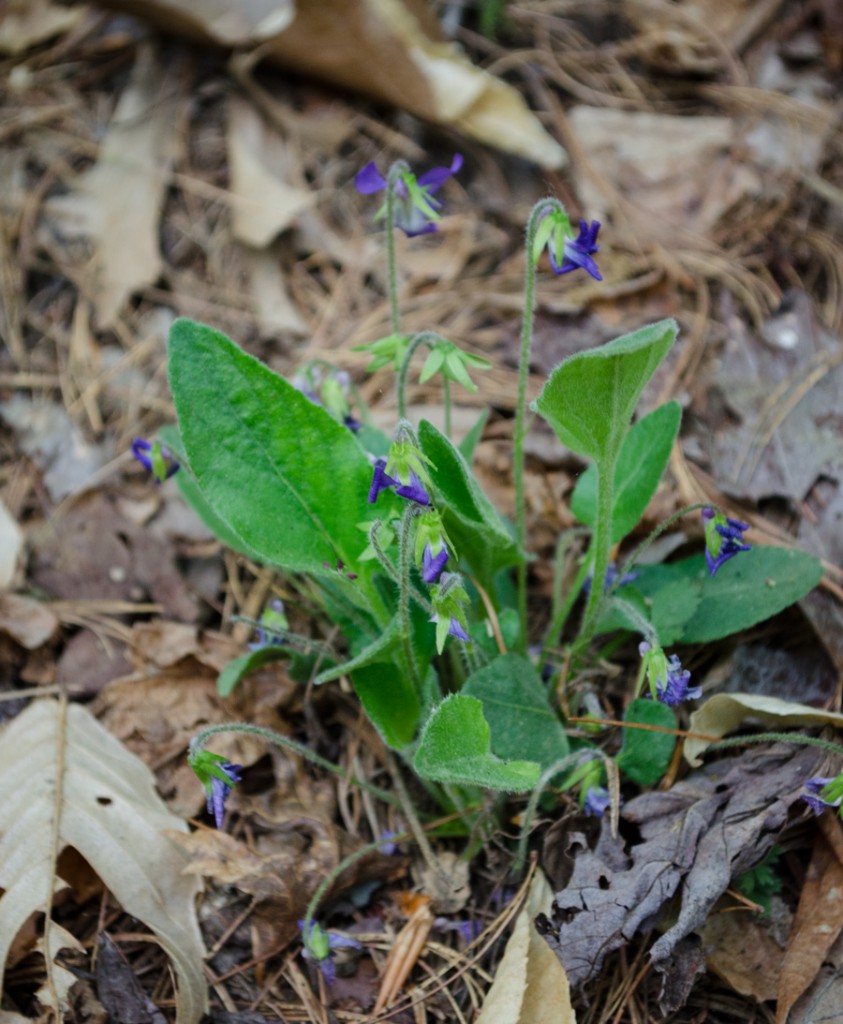 The leaves are a different shape and the whole plant has a downy surface. I’m surprised to see it’s rated “common”! Generally found in dry, open spaces (but I found this plant in the woods). Native.
The leaves are a different shape and the whole plant has a downy surface. I’m surprised to see it’s rated “common”! Generally found in dry, open spaces (but I found this plant in the woods). Native.
